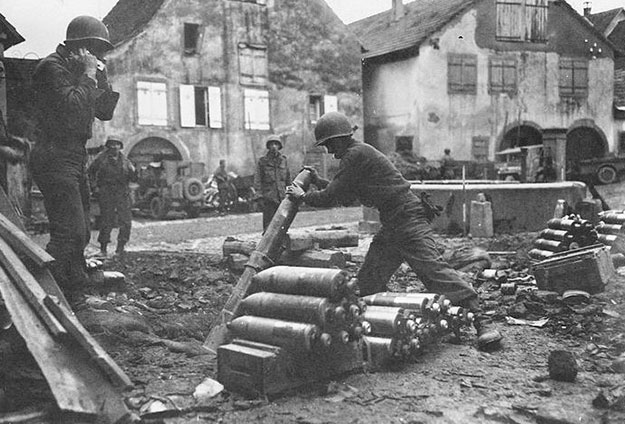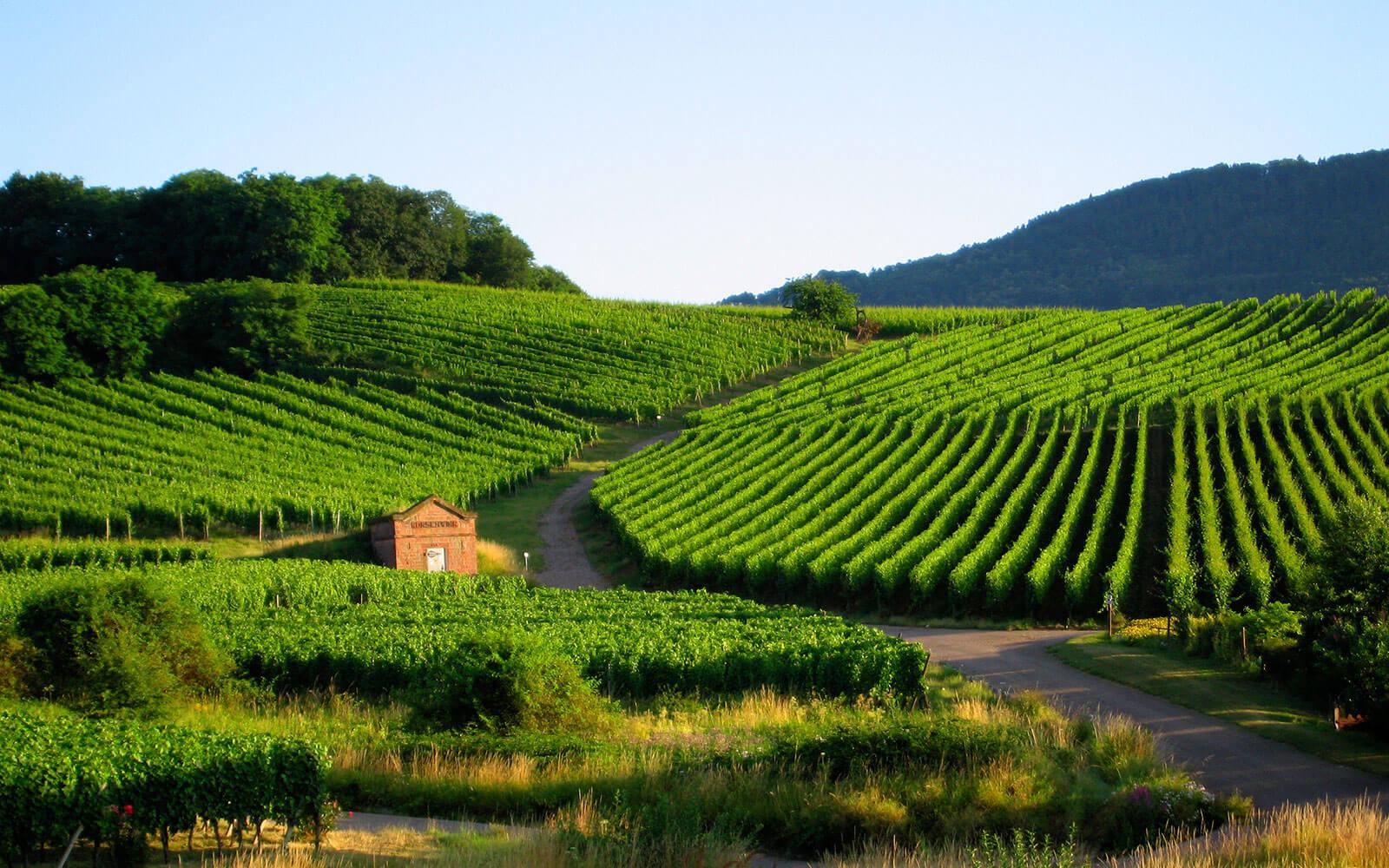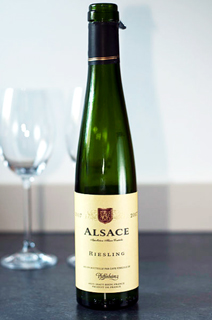Wine has been made in Alsace since at least Roman times—so as you can imagine, they’ve pretty much got the hang of it by now. In fact, Greek wine amphoras found in Gothic chieftain burial mounds suggest that Alsace wine was consumed in the region as long ago as 500 BC.
Alsace Wine: An Early Export Commodity
Between 1200 and 1600 AD, Alsace wine began to achieve remarkable quality and was exported all over the world, particularly to the Netherlands, Scandinavia and Great Britain. At the start of the 15th century, Colmar alone was exporting 2.25-million gallons of wine a year—about one tenth of the region’s annual output. In the early 17th century the Thirty Years’ War and the bubonic plague devastated the Alsatian population, along with its wine industry. Vines were subsequently planted in the plains, and the quality dropped markedly.
Ravaged By War
After the First World War, winemakers were in an awkward position. Still reeling from the phylloxera vine pest epidemic, they suddenly found themselves part of the French Republic once more, with limited access to the important German market. They now had to compete with the more famous Bordeaux and Burgundy wines, and for reasons of survival, winemakers began focusing on improving the quality of their product. They began planting only well-known grape varietals and labelled their bottles with the varietal name—the only French wine region to do this. The thinking was that a simpler labelling system would appeal more to foreign markets. It was a gamble that paid off.

The Second World War and the Nazi occupation virtually destroyed many of the towns and vineyards of Alsace. After the war, replanting began in earnest, and co-operatives were formed. Gradually, Alsatian wines made their comeback, and today are among some of the world’s finest white wines.
The best Alsace wine comes from the Haut Rhin département, from St-Hippolyte southwards. The vineyards around Barr and Andlau in the Bas Rhin also produce some excellent wines. Mostly white wine is produced here, but some of the Pinot Noir vintages are also very good.


